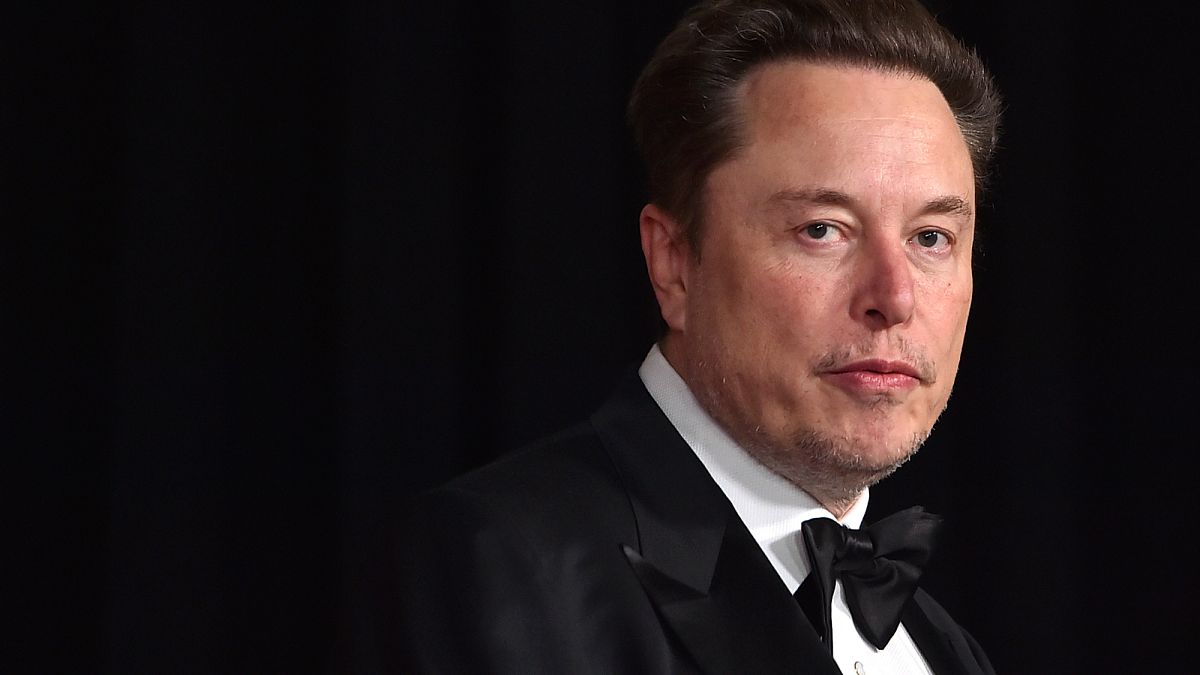

In a world where technology continually evolves, recent developments highlight the harmonious blending of artificial intelligence with cultural preservation and accessibility. These advancements not only underscore the versatility of AI technologies but also emphasize a thoughtful approach that prioritizes education and heritage appreciation. Three significant projects exemplify this trend, each contributing to a broader understanding and utility of AI in various contexts.
Elon Musk, a prominent figure in the tech world, has announced plans to develop a child-friendly artificial intelligence model named ‘Baby Grok.’ Building on the foundation of his previous AI venture, Grok, this new initiative aims to engage a younger audience with safe and educational AI interactions. This decision follows past controversies surrounding AI ethics and safety, particularly in relation to unsupervised online environments. The development team is focusing on creating a model that is not only engaging for children but also aligns with ethical standards and safety protocols, ensuring parents and guardians can trust this new digital companion.
Meanwhile, in Europe, Microsoft has embarked on an ambitious project to create a ‘digital twin’ of the iconic Notre-Dame Cathedral. This initiative seeks to preserve the cultural and architectural essence of the landmark, providing a digital version that can be accessed and explored universally. The project extends its scope by digitizing historic opera sets and a vast array of artefacts in collaboration with renowned French cultural institutions. These efforts promise to open new avenues for cultural preservation, education, and research, making it easier for future generations to experience and learn from these important pieces of history.
In another significant development, Kazakhstan has unveiled the most powerful supercomputer in Central Asia, a strategic move designed to bolster the nation’s AI capabilities and infrastructure. This ambitious project underscores a commitment to establishing robust localized solutions essential for national success and independence in an increasingly digital future. Experts and policymakers in Kazakhstan emphasize this as a crucial step towards enhancing the country’s technological landscape and preparing for the demands of global tech advancements.
These converging stories illustrate a multifaceted approach to embracing technological advancement with a focus on education, cultural heritage, and national development. Each project highlights how integrating AI can lead to more enriching, safe, and accessible experiences. By fostering innovation that respects and preserves cultural legacy while enhancing technological infrastructure, these initiatives offer a glimpse into a future where technology and tradition coexist harmoniously.
As we look forward, it is inspiring to consider how these projects will evolve and influence global perspectives on AI’s role in our lives. Whether it’s through empowering young minds, preserving historical wonders, or strengthening national capabilities, these developments remind us of the boundless potential of human ingenuity when coupled with cutting-edge technology. This harmonious blend of innovation and mindfulness ensures that as we progress, we carry forward both the wisdom of the past and the aspirations for a brighter, connected future.
Source: {link}
